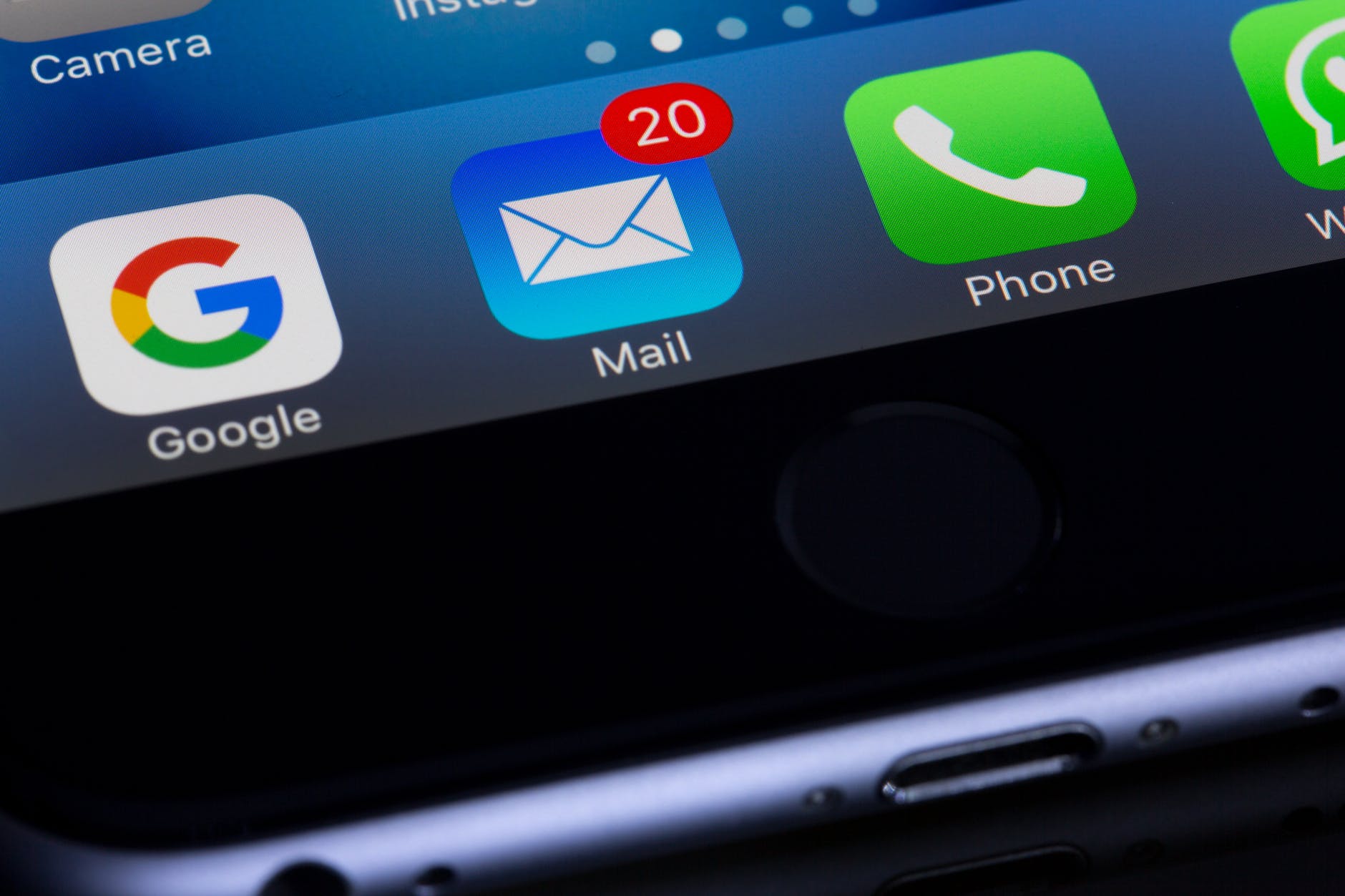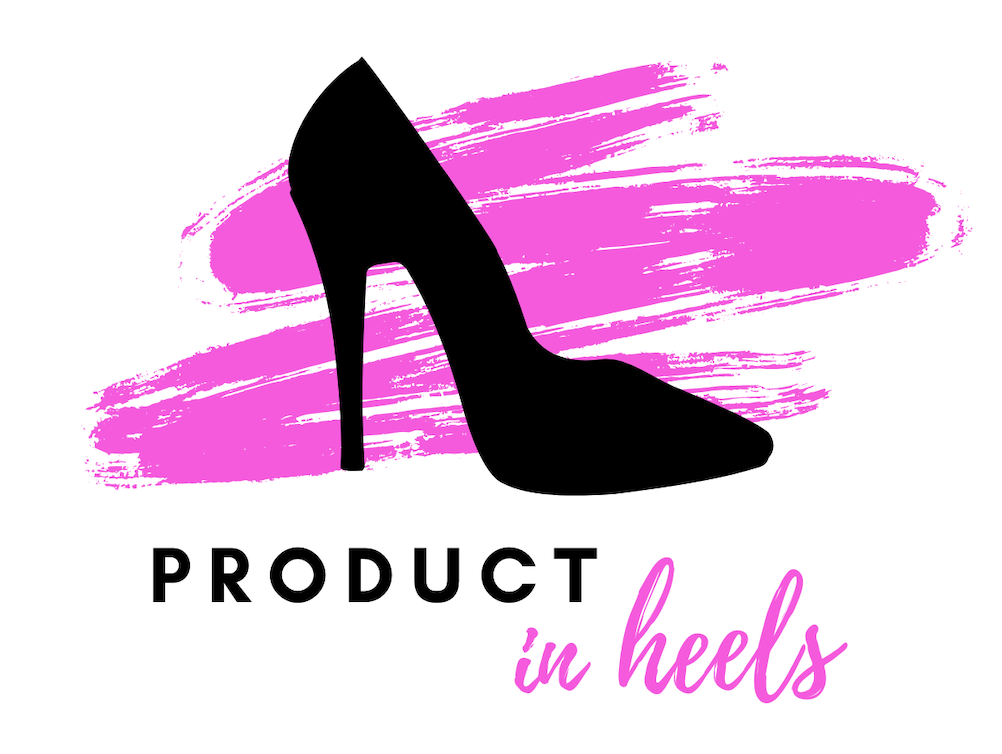
I’ve been experimenting on people at work.
As some of you may know I am an ex scientist*. I’m methodical, I like a good process but I also appreciate how to set up a good control and experiment. I LOVE experiments. I’d kill for one more day in the lab.
As a Product Manager one of your key responsibilities is to know how your product performs.
I was really excited at my new job when they came to me asking if I could reinstate some reporting. I spent about 4 days familiarising myself with a mega excel spreadsheet, fixing it up and producing the reports that stakeholders were itching for. This was definitely the perfect task to get up to speed quickly with how our bank accounts perform.
Every Monday I spend ~45 minutes producing this report and then I share it via email to a list of people who care about it. I love being the guardian of this task. In the email I call out the key product features and marketing campaigns driving the weekly results. I’ve onboarded other product managers from the business who feed their activity into the update. For the keener stakeholders, I share key insights & graphs in a Confluence page.
I’m under strict instructions not to spend more than an hour on this reporting. We are agile after all! However, I recently started a bit of an experiment with the notification email I send out.
I was curious, how many people actually read this email? Could I make this reporting notification something that people look forward to?
Over the past few weeks I have:
- Switched on the reporting analytics in Outlook
- It tells you what the open rate is, how many minutes people spend reading the email and volume of forwards (it’s anonymous)
- Started testing different subject lines
- It began with a generic “XXXX reporting <date>” ~70% open rate
- I’ve since tested “Update Ready: XXXX reporting <date>” 91% open rate AND I have had to add more stakeholders to the report so the audience is larger
- Included imagery to support the weekly marketing activities
- I ask the marketing managers for their artwork and include an image to brighten up the email
- I give the marketing manager or team name full credit where it’s due so my email is like a showcase of people’s work
- I’ve since had colleagues approach me asking to feature their work
I have three more ideas:
- I want to draw people in with more emotive language in the subject line.
- Imagine the open rate if the subject line reflected the key insight. “Sales plummet in lockdown” (that’s fake by the way to illustrate the point)
- I need to balance this with the audience – the Managing Director is now on this email and there are senior stakeholders who rely on my reporting so it is actually quite serious – I’ll take a softer approach
- I’ll apply this idea to a more appropriate email and let you guys know how it goes
- I want to change the layout
- I have a generic opening line that I want to make more interesting
- For another project I work on I send weekly updates where I group the updates into categories, pop them in a table with icons and limit it to 3-5 bullet points per stream of work
- This test result was phenomenal – 95% open rate (up from 60% when it was a plain text email) and time spent reading increased from 20 seconds to 1 min & 10 secs!
- I was also pleased when my 2UP manager said the update was very clear, copied someone else in and asked if my template could be leveraged for future updates
- Does the time of send affect open rate?
- My hypothesis is if I get it out before 9am when people start their day my email will be top of their inbox and the first they open
If you opened one of my emails, thank you!
To my manager L, you inspired this experiment when I was discussing this email with you. You told me to leverage my blogging experience and that’s how the icon table was born. Thank you!
*I hold a Bachelor of Science (Biomolecular Science) from Macquarie University, Sydney, Australia. I’m proud to say I was on a team of scientists who achieved a world first breakthrough in synthetic biology in 2013. I will keep that story up my sleeve for another article.
